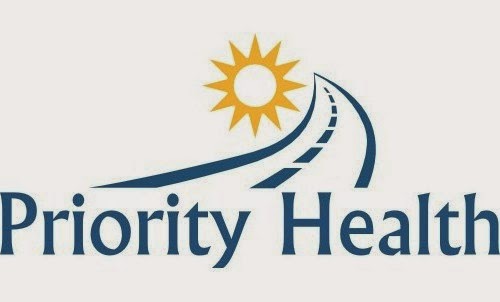I recently had a patient ask a question the other day about agents to fight fatigue. He was wondering the effects of Chia seed. My response was there are better proven supplements that can improve stamina and shorten recovery time:
A thousand years ago, chia was prized by the ancient Aztecs as a food for energy, endurance, strength and good health. For many generations, natives of the southwestern deserts of what is now part of the United States depended on wild chia seed as a staple food and a source of remedies. According to a book by James Scheer (a nutritionist/writer), historian Harrison Doyle, who, in the early 20th century lived with various tribes in the Americas, wrote that "it was nothing for tribesmen to run for 24 hours on a tablespoon of chia seed and a gourd of water." Unfortunately, is really nothing more than testimonial and anecdotal evidence to date on chia and stamina. More research is required. The real research findings are with adaptogen and other eastern and western herbs. While chia has the potential, more research (double blinded studies) are needed to "prove" its worth in stamina and endurance and fatigue fighting properties.
I have researched and formulated two products for a niche market (Mixed Martial Arts fighters). It was developed as a me-too supplement already in use by endurance cyclists but with a focus on MMA and a very unique formulation never before seen on the market. Besides strength, these fighters rely on endurance, to outlast their opponents should a match go beyond 2 rounds. I developed two products one called
CardioFactor and the other
PreFight. Both products were very well researched with quite a substantial backing of evidence via scientific study and not just "hear say" or subjective testimonials.
If you are interested in learning more, the products are manufactured in the USA by AdapTx Labs and can be purchased online. I will disclose that my financial interest with this product was in the research and formulation of these products.
https://www.adaptxlabs.com for more information.
AdapTx Labs products:
Serving Size: 2 Capsules PREFIGHT
Amount Per Serving
Vitamin B3 (Niacinamide USP) 20 mg
Vitamin B6 5 mg
Adaptogen HotMixTM
Jiaogulan 98% (Leaf)
Yerba Mate (20% caffeine) (Leaf)
Panax Ginseng (80% extract) (Root) 750 mg *
Serving Size: 4 Capsules CARDIOFACTOR
Amount Per Serving
Rhodiola rosea (min 3.0% total rosavins) (root) 3000 mg *
Cordyceps sinesis (min 7% cordycepic acid) (mycelia biomass) 600 mg *
Mitochondrial MatrixTM
Suma (Pfaffia paniculata) (root)
Acetyl-L-Carnitine
L-Citrulline Malate
Resveratrol (min 20%) (root) 1,100 mg *
JP Saleeby, MD
www.saleeby.net
www.CarolinaMobileMD.com








